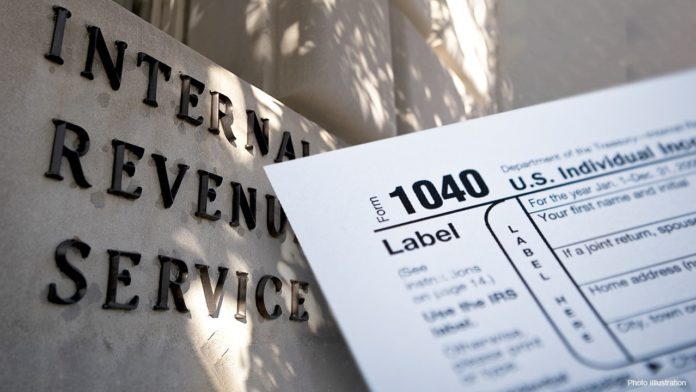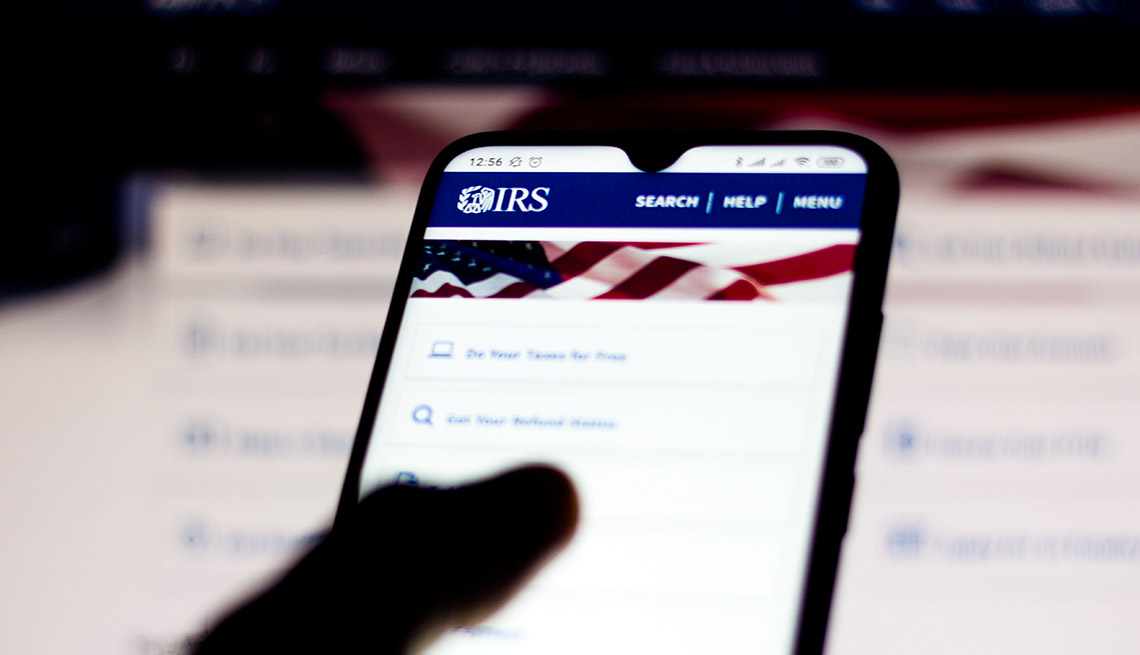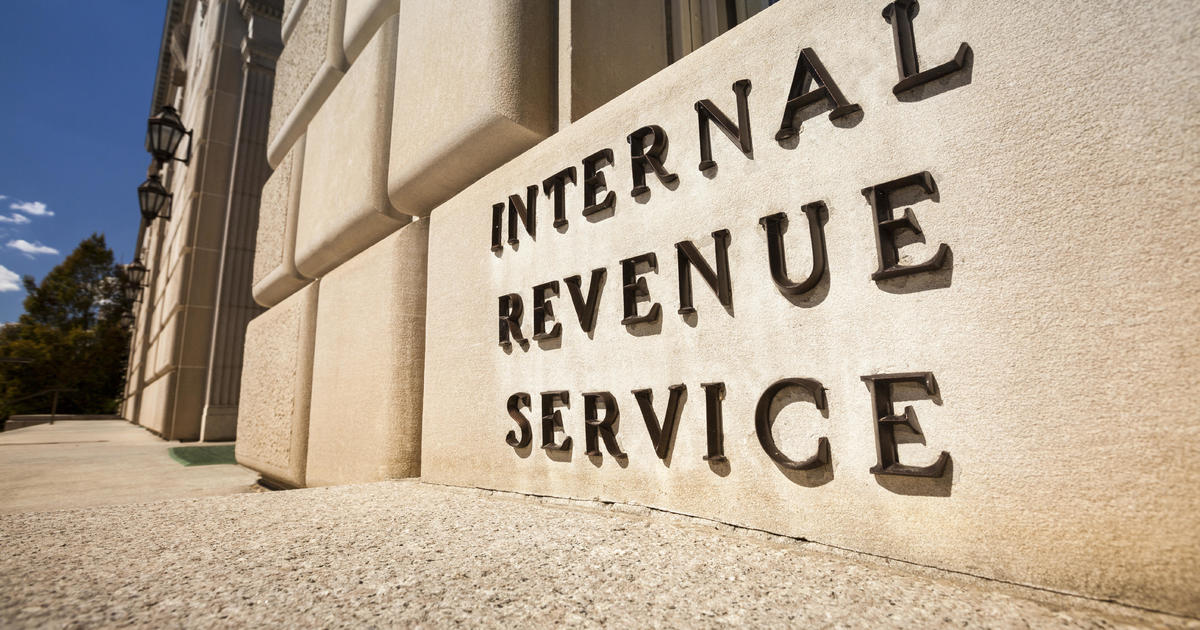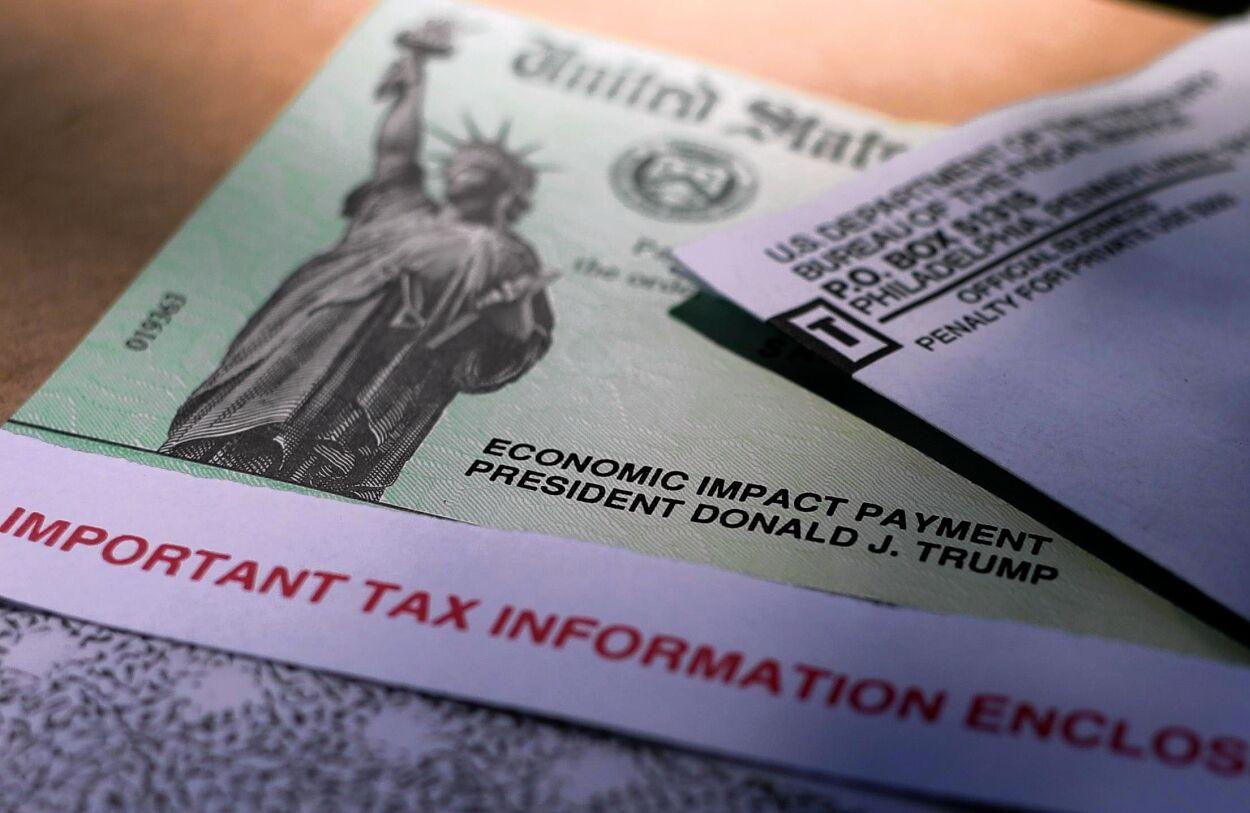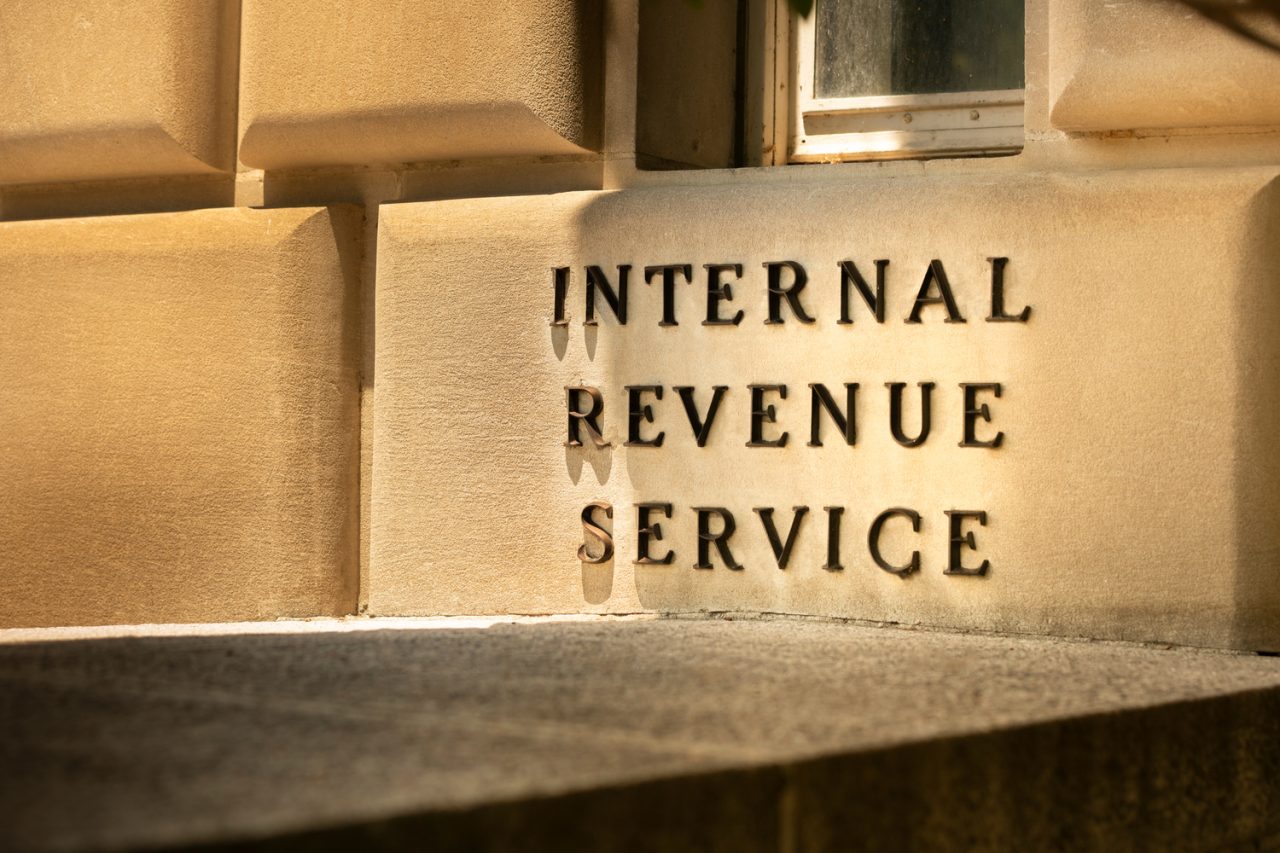The Internal Revenue Service plans to hire 10,000 employees in a push to cut into its backlog of tens of millions of tax returns by recruiting for jobs across the agency that have gone unfilled for years, according to four people familiar with the plan.
The agency will accelerate recruiting in the coming weeks for 80 distinct positions, from entry-level clerical workers to advanced engineers and tax attorneys, one person familiar with the plan said. Among the recruiting targets are high-skill technology professionals to modernize its outdated infrastructure, according to those familiar with the plan, who spoke on the condition of anonymity because the details have not been publicly released.
The agency plans to use money from its existing budget, a large share of it from coronavirus stimulus funding, to pay for the new hires, to be made over the next two years. The number of new jobs would represent a 14 percent increase in the IRS workforce. It remains unclear how much the agency will spend on the hiring plan, officials said, but it will be significantly smaller than President Biden’s proposed IRS investment of $80 billion over the next decade.
The IRS entered the tax season this year with 24 million unprocessed paper returns and correspondence, almost all dating back to the 2020 filing season. Taxpayer advocates and members of Congress have been calling on the agency to tackle the backlog, citing potentially dire financial consequences for Americans who rely on their tax credits and refunds for basic living expenses.
A government official said the IRS does not expect to resolve the backlog until the end of 2022. But it hopes the hiring surge, the largest at the IRS in decades, will galvanize a strong response to the mountain of unprocessed paperwork at the agency. It also hopes to restore public confidence in the tax collector after the coronavirus pandemic sidelined much of its staff, hobbled customer service and led to a rash of unexpected retirements.
The IRS staffing demands have been compounded by recruiting challenges and low pay across its operations. Vacancies range from entry-level jobs crucial to a smooth filing season to more specialized roles for technology experts who can upgrade computer systems and tax attorneys to lead complex audits of wealthy taxpayers and businesses.
The IRS won approval from federal personnel officials this week to accelerate the hiring process by bypassing the time-consuming recruiting and vetting procedures common to federal hiring, the people said. Officials will also be able to offer competitive salaries to lure experts from the private sector.
Hiring managers across the government have chafed for years at the logjams they confront when seeking new talent along with the salary limits in many roles that pay higher at private companies. By gaining what is known as direct hiring authority, the IRS will be able to expedite hiring with a less complicated process, eliminating some selection requirements.
The agency also will be able to get around a salary cap that for years restricted the pay of many workers, although it is unclear how many jobs that would cover. But experts warn that the reinforcements may come too late to spare taxpayers from mounting delays during the 2022 filing season.
Commissioner Charles Rettig announced in February that he was temporarily reassigning 1,200 employees as part of a “surge team” to help. But those workers only began their new details this week, a person familiar with the hiring plans said. A second “surge team,” the person said, is now being formed with staff to be pulled from departments around the agency.
Meanwhile, thousands of employees are working overtime to plow through the accumulation of paper and amended returns and correspondence leftover from last year’s filing season, and are bringing in outside contractors to help with processing.
The internal staff shuffling came after the IRS advertised for 5,000 new positions in the division that answers phones and handles correspondence, in hopes of laying the groundwork for a smooth tax season this year. But fewer than 200 new employees were hired due to the challenging labor market.
Many of the positions included in the new hiring authority require months of training. For instance, tax examiners in the wage and investment division, the agency’s largest taxpayer services section, need between eight and 18 weeks of training before they can begin work. Contact service representatives, the workers who answer phones, respond to mail and log data from paper returns, need more than 37 weeks of training.
The fresh recruitment efforts for IT professionals could take even longer to pay off. The IRS is in the midst of revamping the backbone of the tax administration infrastructure, a program called the “individual master file,” that was built in the 1960s using a coding language that has largely gone extinct.
The most ambitious estimate for the project’s completion is 2030, according to the Government Accountability Office, but developments have been slowed each time Congress passes new tax laws, which mandate the already limited IRS staff to reprogram parts of the software.
The IRS administration of stimulus payments and the child care tax credit forced the agency to divert staff from modernization efforts to plugging programming holes. Experts say that has given the IRS a poor reputation among IT professionals who believe the agency is not committed to modernization, and that top talent can be reassigned at the whim of Congress.
“The IRS entered the filing season so far behind on processing that it’s going to take until December to sort through all this paperwork,” said Nina Olson, executive director of the Center for Taxpayer Rights, and the former national taxpayer advocate. “If they get authority to hire people, even if they’re only bringing in 100 people at a time here and there but on a regular basis over the next months, that will help. But what it will do is allow the IRS to enter the 2023 filing season not in a hole. I don’t want people to get their hopes up about 2022.”
The IRS applied for direct hiring authority from the Office of Personnel Management, the federal government’s human resources department, in the spring of 2021, but OPM rejected the request, saying it was too broad, according to an official with knowledge of that effort.
Staffing has long been one of the IRS’s most pressing obstacles. The agency has lost nearly 20,000 employees since 2010. The division responsible for opening paper returns and manually transcribing them into a computer file lost about 20 percent of its staff last year to retirements and departures, two agency officials familiar with the situation said.
Chronic underfunding from Republican-mandated budget cuts over a decade, with its annual legislative appropriation adjusted for inflation falling by about $2.5 billion in that span, has meant the IRS often cannot replace employees who retire or leave for other jobs.
Another wave could hit the agency soon. Leaders predict another 5,590 workers will retire this year. Close to a quarter of the workforce of 74,000 is eligible for retirement.
“For so many years, they were underfunded and they had a steady workforce, so they weren’t focused on recruiting,” said Rebecca Thompson, vice president at the civil rights group Prosperity Now and a member of the Internal Revenue Service Advisory Council. “Now the rubber is about to hit the road.”
Complicating the ambitious expansion is the intense competition for workers trained in the complexities of the U.S. tax code and the IRS internal processes. The agency has long paid well below the private sector for comparable positions. Employees who answer taxpayer questions on the phone and handle correspondence make between $24,000 and $41,000 annually, depending on seniority.
“It just sets up a situation where the IRS will continue to be completely outgunned by the professional wealth-defense industry that obviously compensates their professional wealth-hiders at much higher levels,” said Chuck Collins, a senior scholar at the Institute for Policy Studies think tank and author of “The Wealth Hoarders.”
Besides allowing its workforce to shrink, those critical of the IRS say it has not invested in new technologies for those who remain, in recent years because it has been focused on beefing up electronic processing of returns.
At the agency’s Kansas City, Mo., tax processing center, employees are working six-day weeks with mandatory overtime, said Shannon Ellis, president of the local chapter of the National Treasury Employees Union, which represents IRS employees.
For years, the IRS has struggled to attract local job applicants, as nearby employers boost their own wages. A local Amazon facility is offering $19 an hour, she said. A nearby Target just began advertising $24 an hour wages. Entry level IRS employees in Kansas City make $15 an hour. The staffing crunch in Kansas City could worsen, she said. Nearly half of the campus’s 5,000 workers will be eligible for retirement in the next two years.
Plans to hire more employees could improve morale and productivity, Ellis said, but she and her colleagues remain skeptical. They’ve seen the IRS advertise for job openings previously, only for the agency to fall well short of its recruitment goals or for newly hired colleagues to leave their jobs within months because of frustrating working conditions.
“Expediting the hiring process is one thing and that can help, but you’ve still got to get the people interested,” she said. “You’ve got to increase the wages to entice people to come.”
Source: Washington Post

